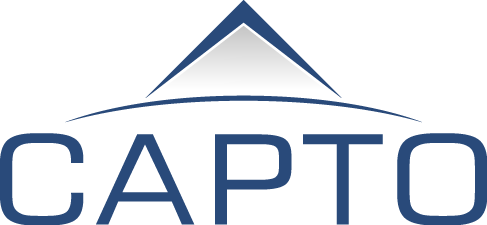Identifying Problems & Stumbling Blocks—An Overview of SYNAPTIC Sourcing’s Readiness Assessment
The spate of announcements about Major League Baseball pitchers going under the knife for their second Tommy John surgery had me shaking my head. In the case of Oakland A’s pitcher Jarrod Parker, forearm discomfort plagued him late in the 2013 season. Clearly Parker’s discomfort was a symptom of a bigger problem, which will now lead to a year or more of downtime.
For Parker and the other pitchers, perhaps it was a situation where the focus was so much on addressing their symptoms that they neglected to consider whether changes in mechanics were needed to ensure they weren’t putting too much strain on their repaired elbows.
It got me thinking, because in my line of work clients often come to us complaining of symptoms, and it is up to us to figure out what the underlying problem really is.
For example, a few years back we were approached by a company that was certain the problem they were trying to solve was a lack of capacity flexibility. They had been struggling to free up resources in order to meet business and operational demands and had decided outsourcing was an option worth exploring. So they spent money to bolster their staff from the outside, only to find (a) they were still having a capacity flexibility issue, and (b) their employees were spending so much time managing these outside resources that they didn’t have time to apply their skills to critical needs within the business.
Our SYNAPTIC training told us that there were underlying problems that needed to be addressed, and to figure out what those were, we’d need to conduct a thorough readiness assessment, taking a horizontal view of the client’s environment and analyzing each major area in IT with respect to sourcing.
This assessment process takes up to three months and involves interviews with personnel within the company as well as external parties.
For this particular case, we noticed the client had challenges in their planning, project management, and development processes, which were impeding their success. Furthermore, their metrics were pretty much non-existent, so they weren’t able to make data-driven decisions regarding sourcing options and performance management. Lastly, we saw that they needed to address how they governed and managed their sourcing relationships; to integrate governance into their routine business processes and execute it in a more disciplined way.
What we showed them…
Throughout the assessment, as we noticed certain trends we made sure to point them out to the client so they were moving in parallel with us—experiencing lots “aha” moments along the way.
For such reporting, our SYNAPTIC tools include a customized version of Carnegie Mellon’s eSourcing Capability Model (sSCM) for scoring the various components being assessed.
We use a traditional green-yellow-red to show good-adequate-bad combined with arrows to indicate trends.
The CAPTO SYNAPTIC way is to move from findings and insights—pointing out what is wrong—to showing where we see opportunities—demonstrating what the benefits would be—and most importantly, showing what initiatives the client needs to consider in order to take advantage of these opportunities.
We drill down further, creating a roadmap that shows how the proposed initiatives map over time.
From the roadmap, we move into more specifics for each of the initiatives. We want to make sure our client understands what needs to be done in detail.
In this particular case, since metrics were a big eye-opener for the client, we were very prescriptive in describing how to achieve their goal—how to move the needle from red to green.
It became very clear to the client that they had a lot of homework to do before they could even consider the next phases of the sourcing process (selection, contracting, transition, and governance). The assessment is only the first stage, but it is perhaps the most important because if it is not done right, all the subsequent phases will be built on a poor foundation.
A Closing Thought on Readiness Assessment…
“If the ladder is not leaning against the right wall, every step we take just gets us to the wrong place faster.”
When working with our clients on their sourcing initiatives, we strongly believe that spending the time to do a thorough assessment upfront will make sure that the ladder is indeed against the right wall.
